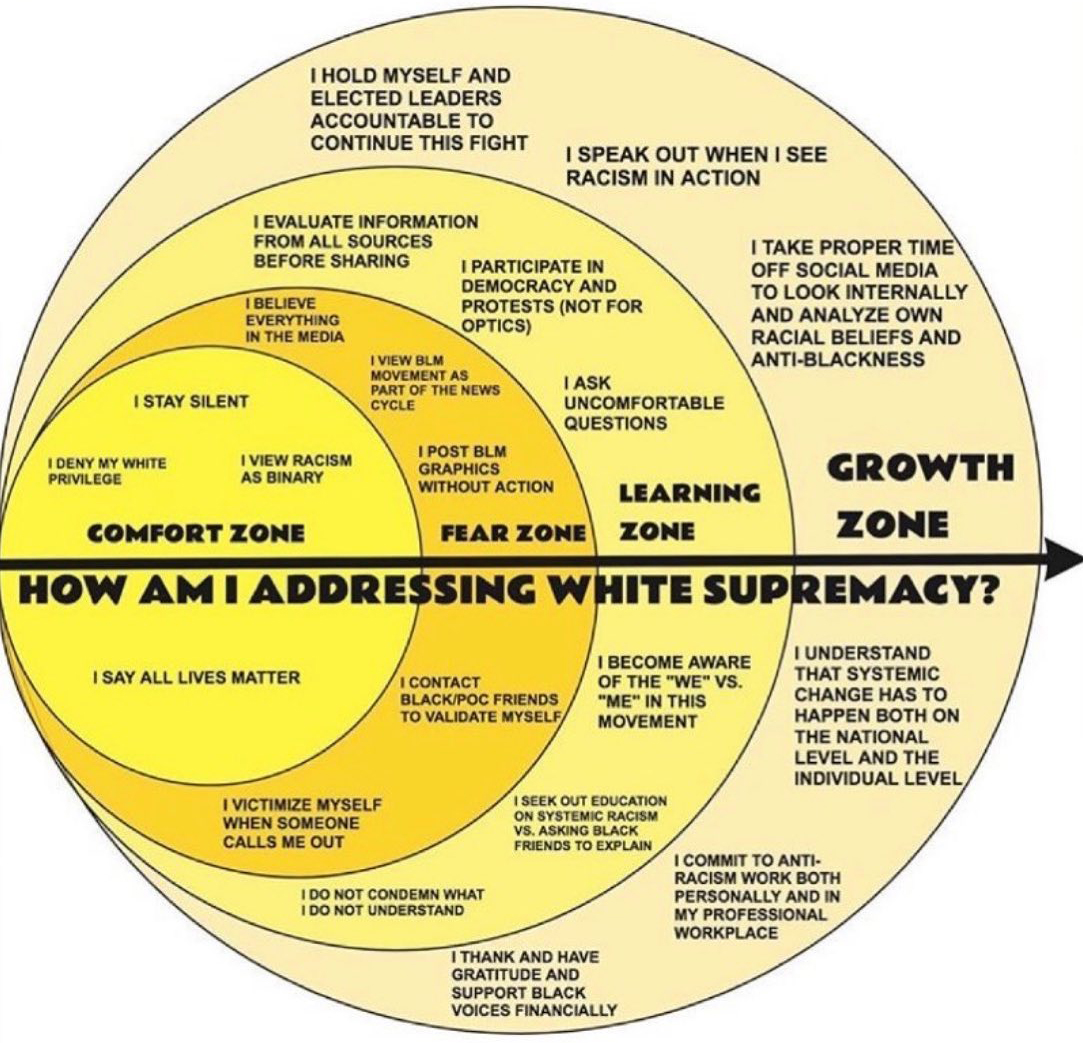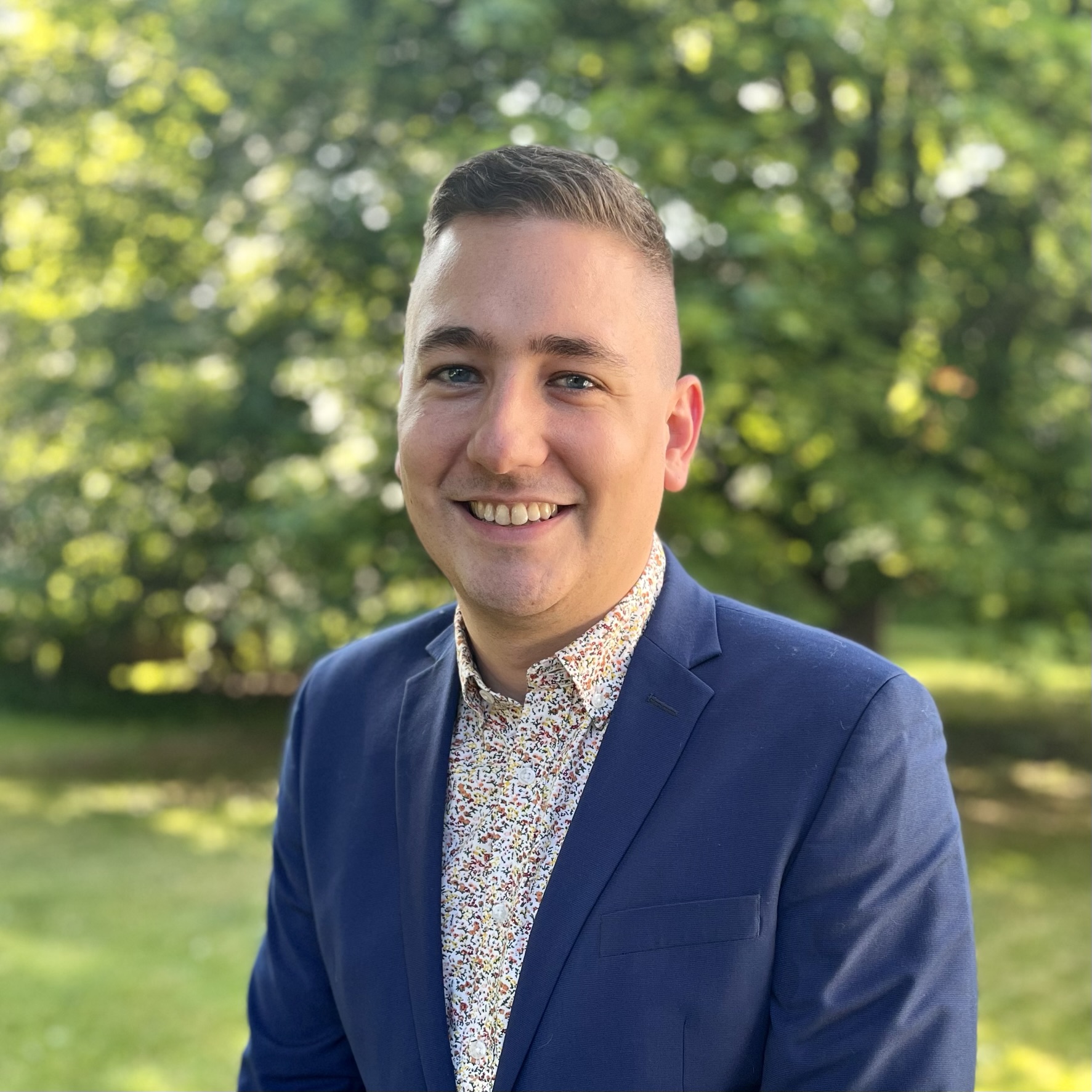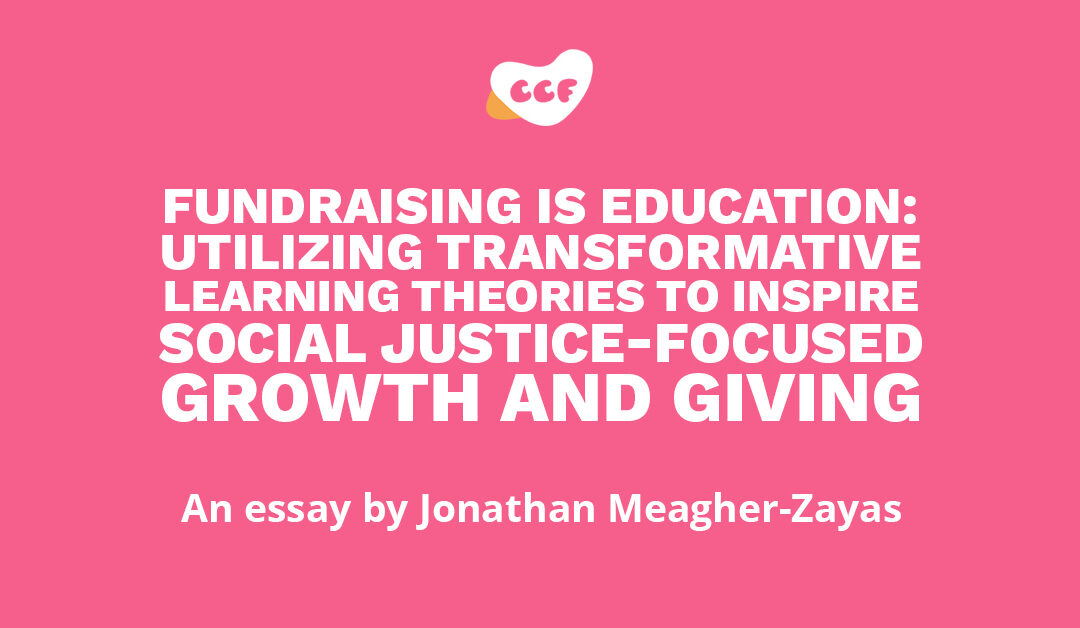By Jonathan Meagher-Zayas, nonprofit strategist and equity warrior
Given the state of our society, intentionally incorporating educational strategies into your fundraising efforts can be an effective way for your organization to generate support and build a movement for your cause.
The world has a lot going on right now. With the increased political divisiveness, complicity in genocide and colonization, and an overall decrease in giving, working as a social justice fundraiser can be tough right now.
I am sure many of you reading this may be finding it harder to have conversations with individuals related to inequity and white supremacy. I certainly feel that way.
I do remind myself most people do not wake up one day ready to dismantle our current oppressive systems, especially after years of being told this is the way the world works. With this in mind, I have been giving more grace as people navigate their journeys. However, a colleague at Cause Effective shared giving grace means going soft on the person but hard on the problem.
A major issue facing our sector (not the only one!) is the lack of effective educational strategies to help staff, board members, and donors shift their thinking towards more anti-oppressive mindsets. This presents opportunities for us as fundraisers; we can educate our donors to steward more social justice advocates and more social justice giving.
As a fundraiser, I have always considered myself an educator for my donors. I had to make them aware of my organization and the community’s needs, inform them of how our programs and services addressed those needs, and educate them on the opportunity for them to support the mission.
I recently started a doctoral education program, which helped me realize I was utilizing various adult learning theories in my fundraising efforts to engage donors and make it easier to inspire giving. Given the state of our society, intentionally incorporating educational strategies into your fundraising efforts can be an effective way for your organization to generate support and build a movement for your cause.
I’d like to share some adult learning theories we can all utilize for our fundraising engagement activities.
Assessing Donors with the Learning Zones
Before engaging in any equity-focused work, I highly recommend people engage in some form of assessment. There are many assessments to understand a person’s learning needs, and one of the most helpful for me is the Learning Zones.
The current learning zone model I use has many iterations, but it is based on the Learning Zone Model developed by Tom Senninger, a German educator.

This is a graphic of the Learning Zone Model I use for anti-racist training. (It was one of the images circulating on social media beginning in the summer of 2020, typically without credit. The earliest I could find it online was in a post by Rebecca Walker, but others claim it was first shared by Ibram X. Kendi.)
I know it was effective because it made some fragile people uncomfortable! Regardless, the graphic can help us assess how people say and act and where they are in their learning stage.
Comfort Zone – I do not want to change.
Many people do not want to change. Change is uncomfortable, and people tend to work towards a stage where they do not have to change.
If you have any donors who say things in their comfort zone, such as “All Lives Matters,” or they deny their privilege, view racism as binary, or stay silent on issues, they are most likely in the Comfort Zone. Before engaging with people at this stage, I consider gauging my energy and influence. I ask myself, “Do I have the resources and energy to help them change?” and “Am I the right person to help them change?”
There are opportunities to help donors in their comfort zone (I’ll share them later in the article), but make sure you have the right support to ensure it can happen, otherwise, I recommend focusing your energy on people in the later zones.
Learning Zone – I am afraid to change.
I wrote last year that fear is often a significant barrier to social change. Many people in the nonprofit sector are currently in this zone.
In the Fear Zone, people know they need to change but are afraid to commit fully. They are considering risks, afraid of doing the wrong thing, or frankly, fear giving up their access to power.
If you have donors who believe everything they read on social media about social justice, post graphics like the black square or a pride flag without any action, contact their friends of color to validate their actions, or only focus their social justice efforts at a time where it’s popular, they are likely afraid of change. Fear can also show in many ways, like freeze, flight, fight, or fawn, and people can get defensive when called out they are in this zone.
I’ll share specific fundraising strategies you can utilize later to help donors who are afraid. You can check out my previous CCF article on strategies to support someone who is afraid.
Learning Zone – I am ready to change, but I need to know how.
After someone has overcome their fear of change and decided to be brave, people step into the Learning Zone. The Learning None is where people start understanding the information they were afraid to learn and the skills to help them move forward.
If you have donors who think critically about the sources of their information, participate in actions like pro-democracy activities and protests, ask uncomfortable questions, think of collective action instead of individual action, seek out education on their own instead of asking their friends of color to explain, and do not get defensive when they do not understand something, they are in the Learning Zone.
They may not fully embrace social justice ideologies, but they are here to listen and learn without pushback.
Growth Zone – I understand I am constantly changing and learning.
The final zone in this model is the Growth Zone. Here we have people who, for lack of better words, “just get it.” These are people you trust to hold themselves accountable for their own actions, understand how to apologize and learn from their mistakes, understand that systemic change occurs at multiple levels of our society, critically self-assess and analyze their beliefs and biases, and commit to anti-racism in various ways. They also follow up their intentions with actions like speaking out when they see racism or injustice, committing to distribute their resources, helping others analyze their perspectives, and participating in education to improve the impact of personal, organizational, and societal changes.
As with all frameworks, these are guides to help you understand, but not everyone will fit perfectly inside one zone. Also, some people might be in the Growth Zone for some issues, but in the Comfort Zone for others.
My hope is these learning zones can help you strategize how to engage with a donor, leading to a stronger commitment.
Using Transformative Learning for Donor Engagement Ideas
After understanding where your donor is, it’s time to think about how to best cultivate and engage with them. While we build relationships with donors, in a way, we are helping them develop new perspectives. By supporting our organizations, they can address inequities in our community.
To help me in this work, I have embraced Jack Mezirow’s Transformative Learning Theory. This theory identifies different stages in which educators can help people develop a new worldview.
The theory has over ten steps, and many scholars have conducted extensive research about what works best. I’ll be identifying key areas with accompanying fundraising strategies:
Disorienting Dilemma
The first stage of transformative learning is what scholars call a disorienting dilemma. It is essentially a situation where someone realizes the world doesn’t function the way they thought or believed it did.
I worked with an organization that organized tours exposing how underfunded some human services initiatives were, and people walked away shocked they had not known about it. Think of it as an epiphany or “a-ha” moment. This is a pretty important experience that can be uncomfortable or challenging, but it is the beginning of someone going through a new perspective.
Some donors may come to you after experiencing a disorienting dilemma, which led them to give, and others may need to experience it before deeper engagement. If you are trying to help donors go through a disorienting dilemma, here are some strategies to think about:
- Create compelling forms of media such as videos, articles, artwork, or imagery to showcase the inequity you are solving
- Utilize ethical storytelling strategies to spark compassion for someone your organization supports
- Organize experiences, without exploiting people, that allow people to discover the issues your organization is trying to address
- Embrace data and organize messaging exposing a reality
- Launch a targeted online giving campaign focused on a single need or issue area
Self-Examination
After someone realizes the world doesn’t function as they thought it did, it is time to help them self-examine why they did not know.
This stage is where people are afraid. We have to go through the uncomfortable process of unlearning what we know before we can understand something better.
I remember providing a lot of support to donors following the racial reckoning of 2020. Many were home with no one to talk to and afraid of not finding the right resource, so I shared resources with them to learn and process.
As a fundraiser, we can help donors self-examine their beliefs in our resource generation activities in several ways:
- Strategize with a consistent communications plan with engagement opportunities to continue their changed thinking from the disorienting dilemma
- Create direct mail or email appeals walking a donor through a process of self-reflection
- Organize a “did you know” campaign with facts and data to spark thinking
- Distribute surveys to collect information but also help people assess their thinking
- Invite them to one-on-one conversations with someone they trust to help discuss their confusion or fear
Meaningful discourse
Following the self-examination process, people are ready to engage in conversations to spark deeper learning.
Critical discourse is a huge component of Paulo Freire’s Pedagogy of the Oppressed. Specifically, Freire argues people with varying degrees of power must come together to have conversations to end oppression. People often have to talk things out to truly understand an issue. It’s a reason I think people love podcasts so much. Someone is talking things out for them.
Organizing ways for donors to converse with others can help them transform their thinking and spark more support.
I remember working for a gender justice organization where we hosted “teach-in” events where people with specific knowledge and experiences had conversations with donors about issues impacting the organization.
Fundraising strategies to consider include:
- Launching monthly giving campaigns with invitations to events where donors can connect
- Facilitating discussions around topics diving into the reasoning behind inequities and what your organization is doing about them
- Hosting educational events that allow for processing and group thinking
- Creating online discussion forums where donors can pose questions and engage in conversation digitally
- Organizing events like a world café where groups of donors can come together and process tough issues facing your community
Action and Engagement
The final stage is action and engagement. In this stage, people engage in activities to help them integrate their new way of thinking into their lives.
This is also where your most engaged supporters will be, and there’s an opportunity to turn their learning into action for your organization. While advocating or volunteering, people come closer to the organization’s issues and embed them into their own identities.
Strategies at this stage to activate their learning and giving include:
- Creating ambassador programs that include education, resources, and opportunities to promote your organization
- Invitations to committees, advisory groups, and board positions
- Asking them to highlight their own personal growth journeys in appeals or donor communications
- Hosting training to develop their skills and spark motivation
- Tailored ask opportunities that allow them to embrace their new way of thinking
I hope sharing my learnings sparked some thinking on how you can better approach relationship building and what activities help lead others to change. As with any framework or theory, it won’t be exact, and adapting to your organization and intended audiences is key.

Jonathan Meagher-Zayas
Jonathan Meagher-Zayas (he/him) is a Queer Latinx Millennial nonprofit strategist dedicated to addressing equity issues, building capacity, engaging the community, motivating new impact leaders, and getting stuff done. He wears many professional hats, including Equity Warrior & Inclusion Consultant, Nonprofit Capacity Building & Community Engagement Strategist, Educator, Coach, Facilitator, Award-Winning Fundraiser/Resource Mobilizer, MACRO Social Work Professor, and Social Justice Champion. He can be reached at jonathan@equitywarriorstrategies.com or on LinkedIn.

